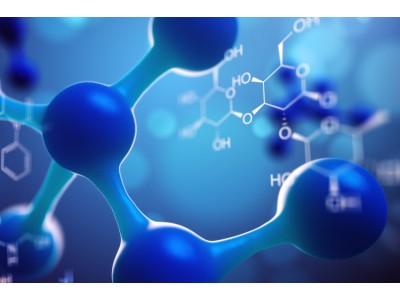| Bioactivity | PQ-10 is a potent inhibitor of Phosphodiesterase 10A (PDE10A) with IC50 andED50 of 4.6 nM and 13 mg/kg, respectively. PQ-10 induces patterns of brain glucose metabolism which can be a potential translational biomarker. PQ-10 has the potential for researching psychiatric disorders like schizophrenia[1]. | ||||||||||||
| In Vivo | PQ-10 shows region-specific increases in 2-DG uptake in the globus pallidus (equivalent to the external segment of the globus pallidus in primates) and the lateral habenula in mice[1]. Animal Model: | ||||||||||||
| Name | PQ-10 | ||||||||||||
| CAS | 927691-21-2 | ||||||||||||
| Formula | C28H39N5O3 | ||||||||||||
| Molar Mass | 493.64 | ||||||||||||
| Appearance | Solid | ||||||||||||
| Transport | Room temperature in continental US; may vary elsewhere. | ||||||||||||
| Storage |
|
||||||||||||
| Reference | [1]. Dedeurwaerdere S, et al. Patterns of brain glucose metabolism induced by phosphodiesterase 10A inhibitors in the mouse: a potential translational biomarker. J Pharmacol Exp Ther. 2011;339(1):210-217. |
